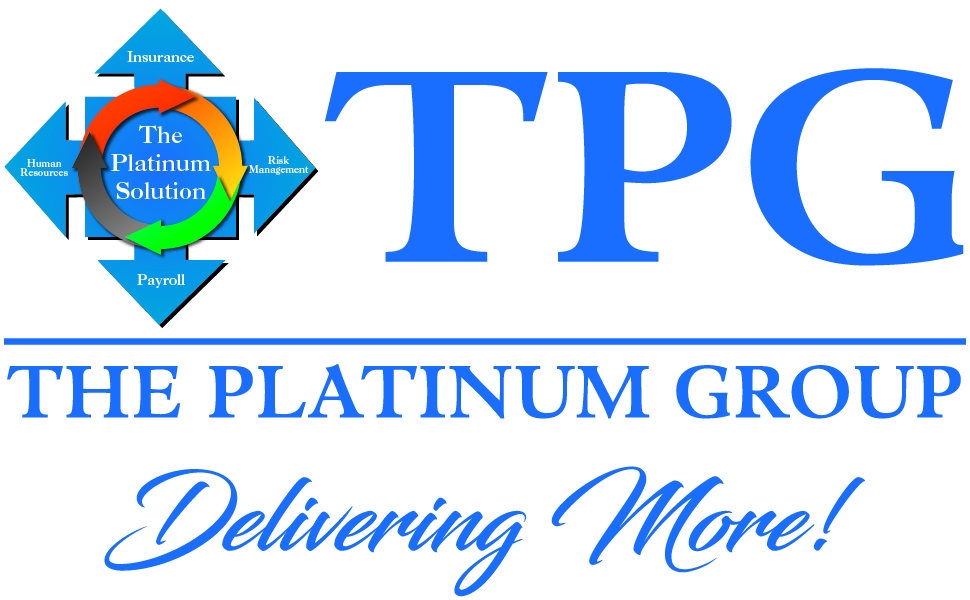Homeowners' insurance is a critical safeguard for one of your most valuable investments—your home. However, many homeowners unknowingly leave themselves exposed to financial risk by misunderstanding a key principle in property insurance: the 80% rule. This rule can distinguish between being fully protected after a loss and facing thousands of dollars in unexpected out-of-pocket expenses.
In this guide, we’ll break down what the 80% rule for home insurance means, why it’s essential, and how to ensure your policy stays up to date as your home evolves.

What Is the 80% Rule in Homeowners Insurance?
The 80% rule is a common standard insurance providers use when determining how much of a claim they will pay after a loss. According to this rule, to receive full replacement cost coverage on a claim, you must carry a policy that insures at least 80% of your home’s current replacement cost value.
Replacement cost refers to the amount needed to rebuild or repair your home using similar materials and craftsmanship, without accounting for depreciation. In contrast, Actual Cash Value (ACV) deducts depreciation from the amount paid out, meaning you’ll receive less in the event of a claim.
If your home is insured for less than 80% of its replacement value, your insurance company may reduce your payout proportionally, even if the damage doesn’t total your home.
Why 80% Coverage Matters for Full Reimbursement
Let’s consider a simplified example: If your home would cost $300,000 to rebuild, your insurance coverage needs to be at least $240,000 (80% of $300,000) to be eligible for full reimbursement on a replacement cost basis. If you insure your home for less than that—say, $210,000—you’ll likely be penalized during a claim.
In this scenario, the insurer would calculate the payout using the formula:
- (Amount of Insurance Purchased ÷ 80% of Replacement Cost) × Loss – Deductible
- So, if you suffered a $100,000 loss:
- ($210,000 ÷ $240,000) × $100,000 = $87,500 – Deductible
You’d be responsible for the remaining balance out of pocket. That’s why keeping your coverage aligned with your home’s current replacement value is vital.
How Home Improvements Can Affect Your Insurance Coverage
Homeowners often purchase adequate insurance when buying their home, but forget to adjust it as the property changes. Renovations, additions, and even inflation can significantly increase the replacement cost value of your home.
Example in Action:
- You buy a home worth $275,000 and purchase $220,000 in insurance (80% of the value).
- Years later, you renovate the kitchen, add a bathroom, and upgrade the flooring, increasing the replacement value to $350,000.
- Now, 80% of $350,000 is $280,000, but you still carry only $220,000 in coverage.
- If a major storm causes $100,000 in damages, your insurer may only reimburse a portion—around 78.57% of the loss, leaving you with a $21,430 shortfall, plus your deductible.
What Factors Influence Your Home’s Replacement Cost Value?
Understanding what affects the replacement cost of your home is key to staying adequately insured. Some of the most common variables include:
- Square footage and layout changes
- Upgraded materials, appliances, and finishes
- Structural enhancements (e.g., new roofing, added rooms)
- Labor costs in your region
- Construction material pricing
- Interior and exterior upgrades
It’s essential to note that market value and replacement cost are not the same. Market value includes the land and factors like neighborhood desirability, while replacement cost strictly refers to rebuilding the structure itself with like-kind materials.
How to Stay Compliant with the 80% Insurance Rule
To protect your home and avoid costly surprises during a claim, follow these best practices:
1. Conduct Regular Policy Reviews
Schedule an annual insurance check-up with your insurance advisor. If you've made any changes to your property, such as remodeling or adding living space, make sure your coverage reflects those updates.
2. Request a Replacement Cost Estimate
Ask your insurer to help calculate the current replacement cost of your home. Many providers offer tools or calculators to help estimate this amount accurately.
3. Monitor Inflation and Building Costs
Construction materials and labor costs can fluctuate due to economic changes. Some policies offer inflation protection endorsements, which automatically adjust your coverage to keep pace with rising costs.
4. Consider Guaranteed or Extended Replacement Cost Coverage
Some insurers offer policies that go beyond the 80% rule. Guaranteed Replacement Cost ensures your home will be rebuilt no matter the cost, while Extended Replacement Cost adds a buffer of 10–25% over your coverage limit.
Avoid Becoming Underinsured—Work With Experts Like TPG Insurance Services
Being underinsured can lead to unexpected out-of-pocket expenses at a time when you need financial relief the most. Whether you’re buying a new home, remodeling your current one, or just haven’t reviewed your policy in years, now is the time to reassess your homeowners insurance coverage.
TPG Insurance Services can help you evaluate your current policy, understand your home’s replacement cost, and make sure you're in compliance with the 80% rule, giving you peace of mind and full protection.
Final Thoughts: Protect Your Home with Proper Coverage
Your home is more than just a structure—it’s your sanctuary. Ensuring it’s properly insured is not just smart, it’s essential. By understanding and following the 80% rule for home insurance, you safeguard your financial well-being and secure your investment for years to come.
Don’t wait for a disaster to find out you’re underinsured. Contact TPG Insurance Services today at 909.466.7876 for a personalized policy review and expert guidance on replacement cost coverage.
Also, Buying Auto Insurance in 2025? Keep these Tips in Mind and Does Your Auto Insurance Cover Rental Cars? Find out by reading these practical articles now!
